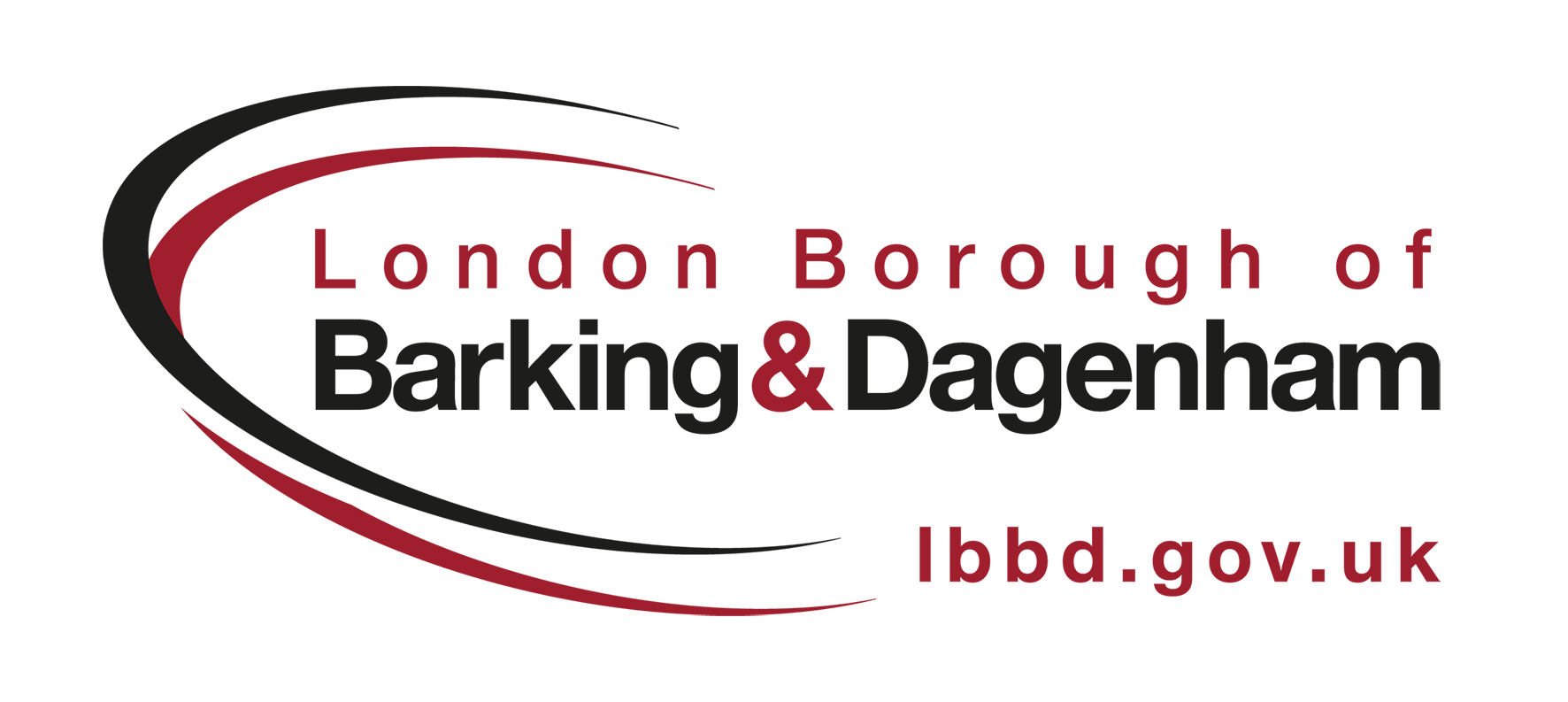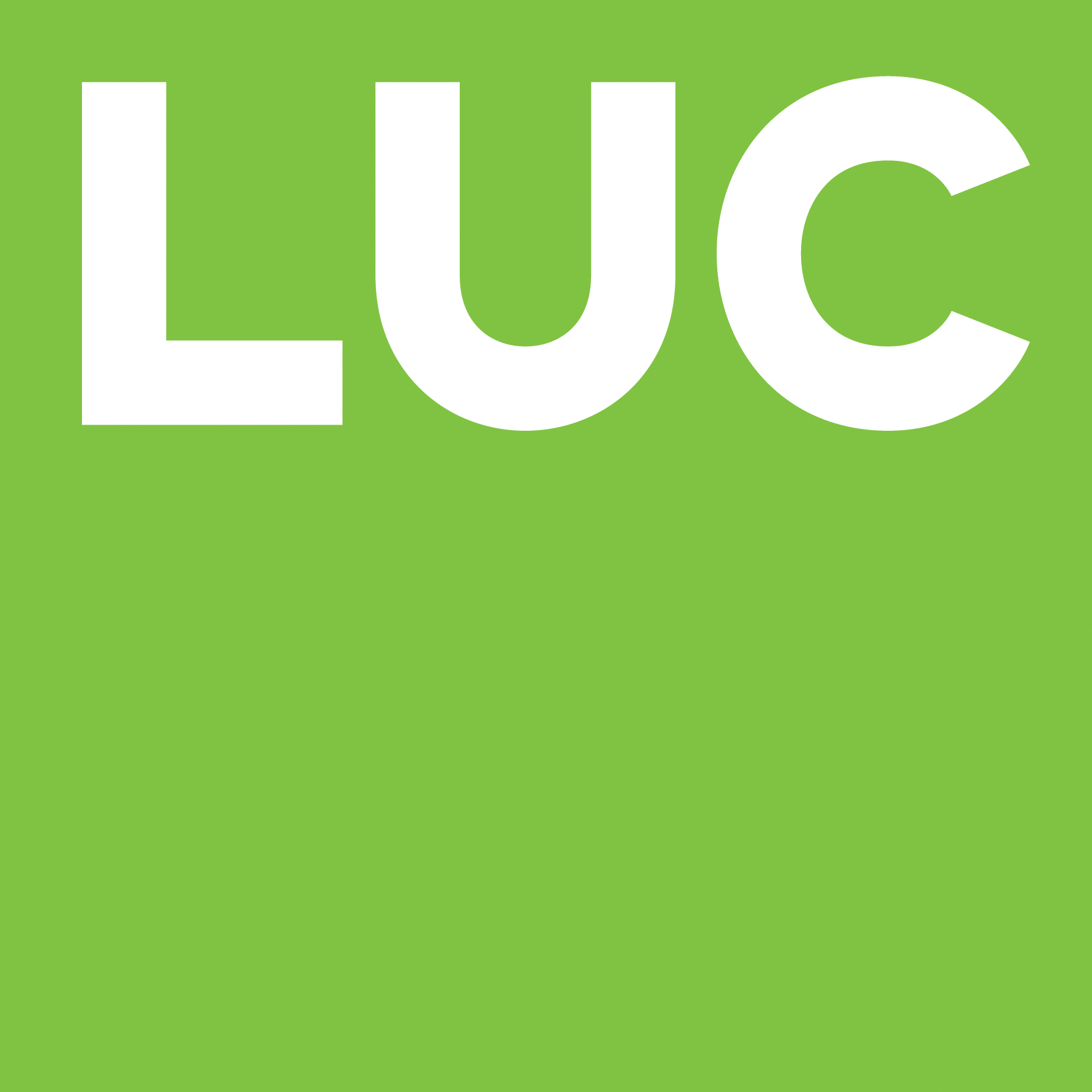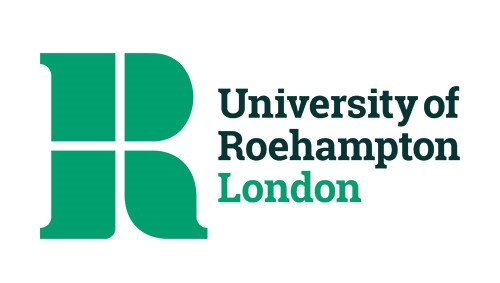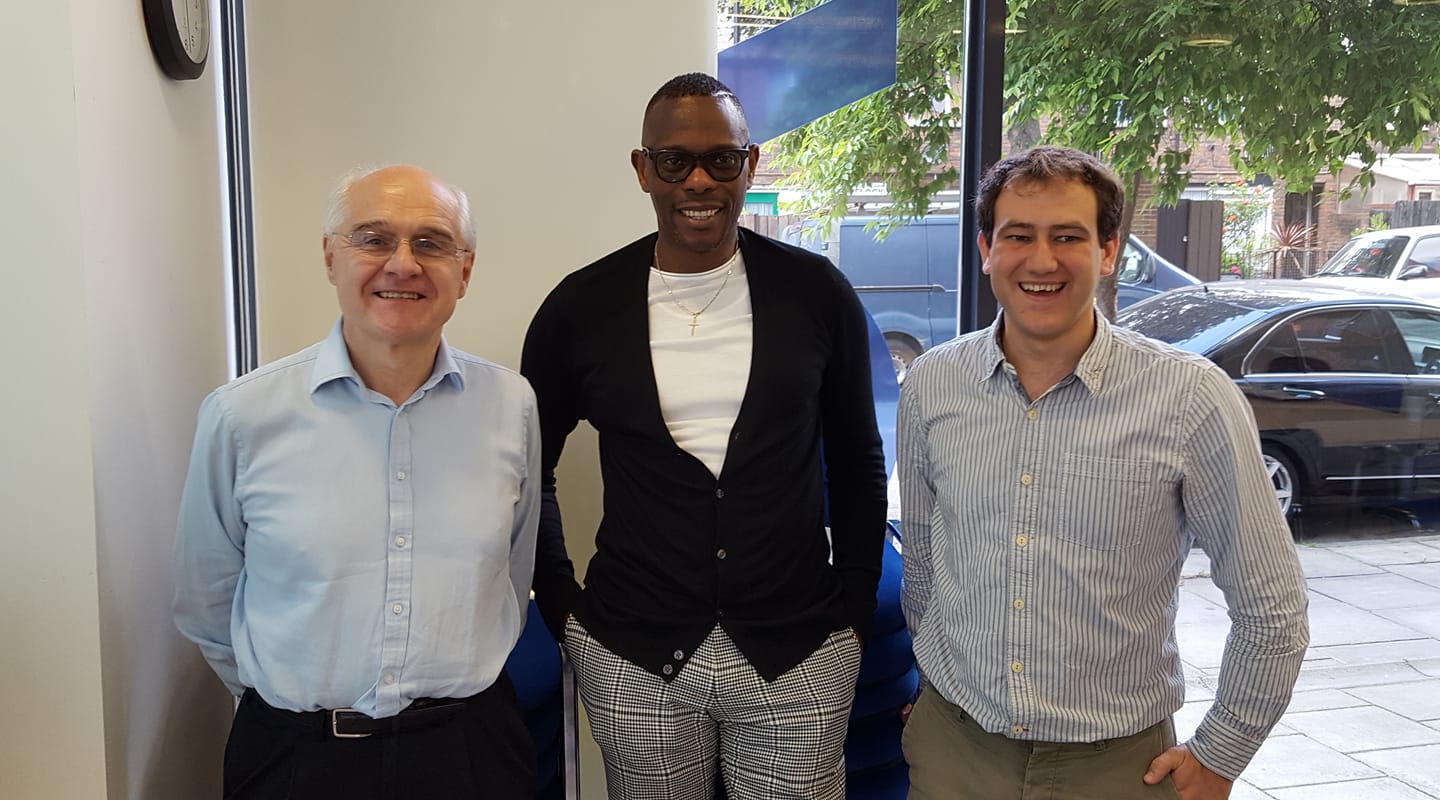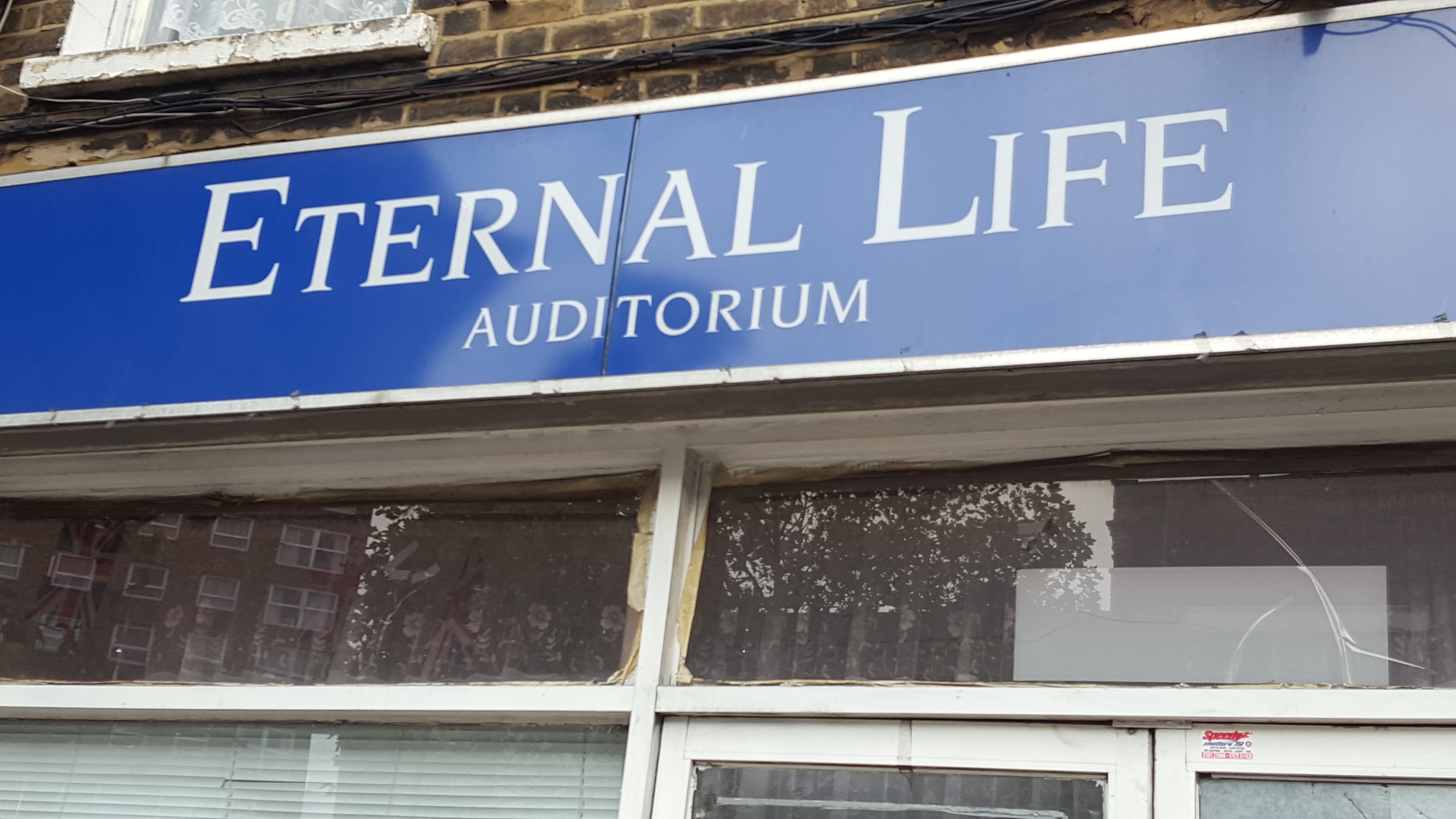
Network leaders Richard Gale and Andrew Rogers have been leading a series of Faith and Place Dialogues in the Welsh context, with support from RTPI Cymru and Planning Aid Wales. The background to these events is that religious diversity has been increased substantially in Wales in recent decades, leading to a growing need among some groups for designated spaces in which to congregate and worship. Although crude, data from recent censuses give some indication of the scale of this change. For example, in the decade between the 2001 and 2011 Censuses, all non-Christian religious groups grew in Wales, with Buddhists increasing by 69 percent (from 5,407 to 9,117), Hindus by 92 percent (from 5,439 to 10,434), Muslims by 111 percent (from 21,739 to 45,950), Sikhs by 47 percent (from 2,015 to 2,962) and ‘Other non-Christian’ groups by 84 percent (from 6,909 to 12,705). In addition, while the Christian population fell overall by 16 percent (from 2.09 million to 1.8 million), this masks significant growth in the presence of Black Christian groups, with African Caribbean Christians growing by 39 percent (from 1,810 to 2,513) and African Christians growing by 346 percent (from 1,662 to 7,406). Currently, non-Christian faith groups make up 2.7 percent of the Welsh population, an increase from 1.5 percent in 2001.
These trends are likely to continue for some while into the future, and present important challenges for planners. As such there is a growing need to explore how relationships between planners and faith groups play out in the Welsh context. Funded by the Economic and Social Research Council (ESRC), these events are drawing together Welsh Government officers, local government planners, faith group representatives, interfaith organisations and academics. The events seek to promote knowledge exchange, networking and ongoing dialogue between key stakeholders and to embed the Welsh version of the FPN Policy Briefing, ‘Faith Groups and the Planning System’.
Three events are taking place in total, in Cardiff, Newport and Swansea, which between them accounted for 64 percent of the overall growth in the non-Christian religious presence in Wales between 2001 and 2011. The final event takes place in Cardiff on Thursday 24th January. A final report on the project will be submitted to event participants and the Welsh Government in Spring 2019.




